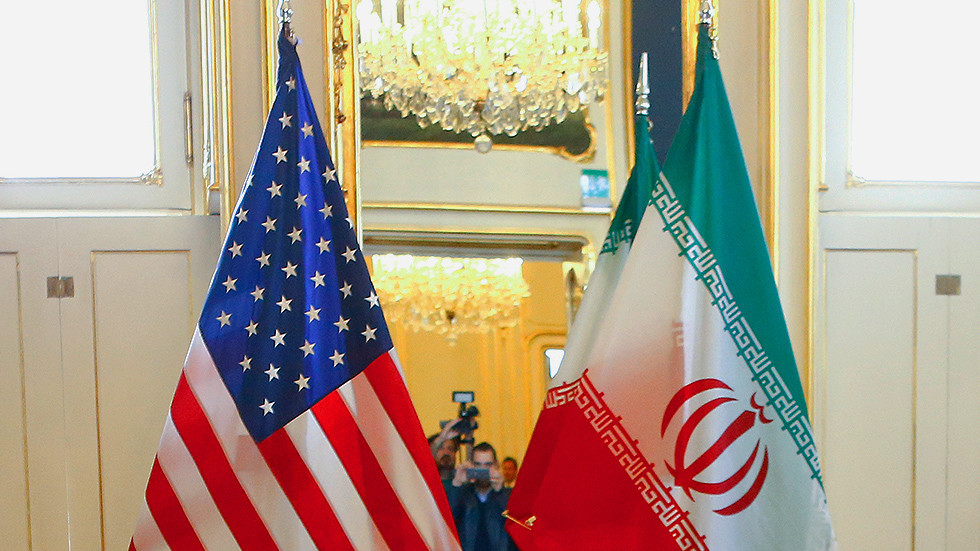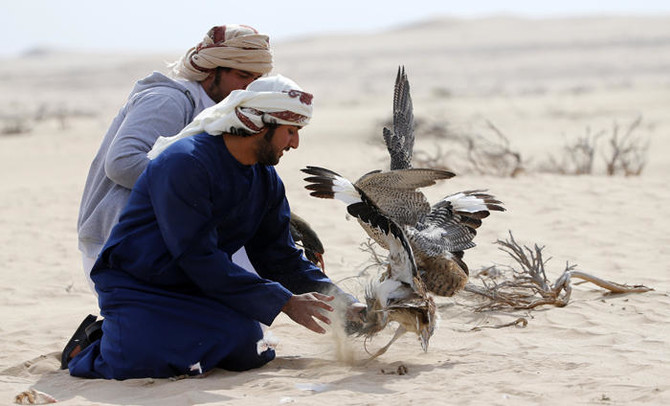Once the funds are successfully transferred, they will be securely held in restricted Qatari bank accounts.
A $6 billion transfer of unfrozen Iranian funds is poised to trigger the release of up to five detained American dual nationals in Iran and an equal number of Iranian prisoners returning from the US, as per Reuters sources familiar with the negotiations.
The developments began on 10 August when Iran took its initial step towards this historic exchange by releasing four US citizens from Tehran’s Evin prison, placing them under house arrest.
They joined a fifth individual who was already under house arrest. US Secretary of State Antony Blinken hailed this development as the inaugural phase of a complex process leading to the return of the Americans citizens.
Among the detainees are businessmen Siamak Namazi, 51, and Emad Sharqi, 59, along with environmentalist Morad Tahbaz, 67, who also holds British nationality, as confirmed by the US administration.
The identities of the remaining two Americans, one of whom is reportedly a woman, remain undisclosed.
This major diplomatic dance between Tehran and Washington revolves around the often described as small state but big politics – Qatar.
Doha has served as the discreet stage for at least eight rounds of talks involving Iranian and US negotiators, who occupied separate hotels and communicated via the Gulf nation’s heavy shuttle diplomacy, according to an insider briefed on the discussions.
The earlier sessions focused primarily on the contentious nuclear issue, while the later ones zeroed in on the prisoner releases.
Underpinning this complex negotiation is a financial arrangement to ensure the proper utilisation of the to-be unfrozen cash. Qatar has committed to covering banking fees and closely monitoring Iran’s spending to ensure compliance with the US’ sanctions.
Prisoners transiting through Qatar
The prisoners will transit through Qatar during the exchange, as revealed by three sources.
“American prisoners will fly to Qatar from Tehran and Iranian prisoners will fly from the US to Qatar, and then be transferred to Iran,” one of the sources noted.
“Iran initially wanted direct access to the funds but in the end agreed to having access via Qatar,” said a senior diplomat.
“Iran will purchase food and medicine and Qatar will pay directly.”
South Korean Foreign Minister Park Jin hinted on 5 September that efforts were underway to facilitate the transfer of Iran’s frozen funds.
“The U.S.-Iran relationship is not one characterised by trust. We judge Iran by its actions, nothing else,” said a US State Department spokesperson, highlighting the persistent tensions between the two nations.
Washington allowed the movement of Iranian funds from South Korea to restricted accounts held by financial institutions in Qatar. However, no money is set to flow directly to Iran, according to the spokesperson.
Qatari-led meditation
Once the funds are successfully transferred, they will be securely held in restricted accounts in Qatar.
The Qatari-led mediation gained momentum in June 2023, according to the insider briefed on the discussions. At least eight rounds of talks were conducted since March 2022, with the early rounds predominantly focused on the nuclear issue and later rounds dedicated to the prisoner exchange.
“They all realised that nuclear [negotiation] is a dead end and shifted focus to prisoners. Prisoners is more simple. It’s easy to get and you can build trust,” the source briefed on discussions told Reuters. “This is when things got serious again.”
The sources, including Iranian, diplomatic, and regional insiders, revealed that once the funds reach Qatar from South Korea via Switzerland, Qatari officials will instruct Tehran and Washington to proceed with the prisoner releases in accordance with a document signed by both sides and Qatar in late July or early August, which Reuters confirmed it has not seen.
The transfer of funds to Qatari banks is expected to conclude as early as next week, should everything proceed as planned. Reuters, however, was unable to identify the specific banks involved in the transaction.
The most intricate aspect of the talks, as outlined by two Iranian insiders, the source briefed on the negotiations, and a senior Western diplomat, was establishing a mechanism to guarantee transparency in the fund transfer.
The $6 billion in Iranian assets, resulting from oil sales, had been frozen under US oil and financial sanctions against Iran, which were reimposed by President Trump in 2018 as the then-president withdrew from the nuclear deal.
The US sanctions on Iranian banks have significantly limited Iran’s capacity to fund essential humanitarian imports.
This intensification of sanctions has dire implications on the health of Iranians and their ability to obtain necessary medicines, and has led to documented shortages, spanning from vital epilepsy drugs to essential chemotherapy medications for cancer patients in Iran, as reported by Human Rights Watch.
Meanwhile, key discussions centred around ensuring Iran’s use of the funds for humanitarian purposes exclusively, and obtaining the necessary assurances from Qatar regarding this.
“To salvage the negotiations from collapse, Qatar pledged to cover the banking fees for the funds’ transfer from Seoul to Switzerland, and subsequently to Qatari banks, while also taking on the responsibility of expense oversight,” an Iranian insider privy to the talks told Reuters.
Should the scenario unfold as agreed, Qatar’s intricate diplomacy will have yielded a significant agreement between adversaries whose relationship has been strained over the many years.







